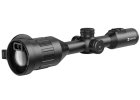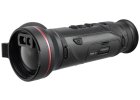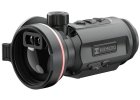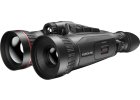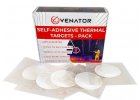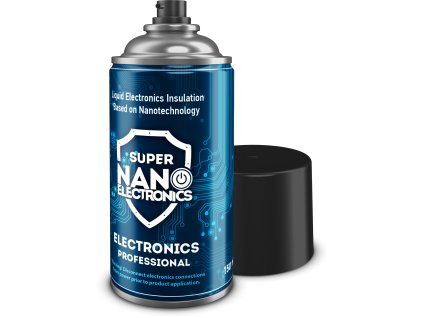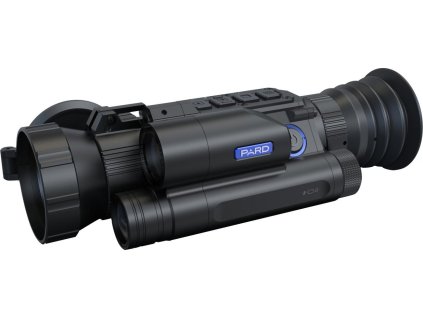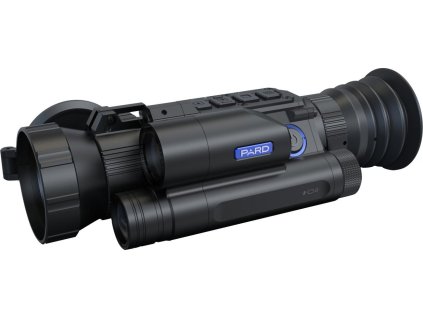Thermal vision
Thermal Imaging Devices use the emission of infrared radiation from any object, captured through a special lens. Thermal night vision detects this radiation, converts it into an electrical signal, which is then processed by a processor and displayed on a screen.
#ShowMore#
Thermal imaging, also known as thermal vision, works by detecting the heat radiation emitted by objects. The core principles of thermal imaging include:
Heat Radiation:
All objects emit heat in the infrared spectrum. The amount and wavelength of this radiation depend on the temperature of the object.
Heat Detection:
Thermal imaging cameras use sensors that detect this infrared radiation and convert it into electrical signals.
Displaying Temperature Differences:
The electrical signals are processed and transformed into an image, where various colors or grayscale shades represent different temperatures. Warmer objects appear in brighter tones, while cooler ones appear darker.
Key Parameters of Thermal Imaging Devices:
Sensor Resolution:
Indicates the number of pixels that form the thermal image. Higher resolution means a more detailed image, enabling easier target identification at longer distances. Typical resolutions range from 160×120 up to 640×480 pixels or higher.
-
A common standard is 384×288 px, which offers a good balance for most users.
-
For demanding users, 640×512 px sensors are available.
-
Ultra-high-end models offer 1280×1024 px sensors.
-
Lower resolutions (below 384×288 px) are suitable only for basic use, usually limited to short distances (up to 100 m).
Lens Size:
Measured in millimeters, the lens size determines the field of view and the detection range.
-
Larger lenses provide a narrower field of view and better long-distance detection.
-
Smaller lenses offer a wider field of view, ideal for forest environments, stalking, and short-range observation.
As a rule of thumb:
Large lens + small sensor = more optical zoom and better detail
Small lens + large sensor = wider field of view
Thermal Sensitivity (NETD):
Thermal sensitivity is the device’s ability to detect small temperature differences, measured in millikelvins (mK).
-
Lower NETD values mean higher sensitivity and better performance in challenging environments with minimal heat contrast.
Base Magnification:
This refers to the optical magnification before digital zoom is applied.
-
Higher magnification provides more detail but narrows the field of view.
Digital Zoom:
This feature electronically enlarges the image without changing the physical lens.
-
While convenient, it reduces image quality, since it works with the sensor’s native resolution.
Display:
The display shows the processed thermal image.
-
Technologies include OLED and LCD, with various resolutions.
-
A resolution of 800×800 px is generally sufficient for a clear and comfortable viewing experience.
LRF (Laser Range Finder):
The laser rangefinder measures the distance between the observer and the target.
-
It's useful for precise distance estimation, especially over long ranges.
-
Many modern thermal riflescopes include ballistic calculators that use LRF data and basic user inputs to calculate bullet trajectory.
-
Even without the calculator, LRF is invaluable for estimating distances in unfamiliar terrain, where thermal images can be misleading in terms of size and range.
Protection Level (IP Rating):
The IP code (e.g., IP67) defines protection against dust, water, and impact.
-
Higher numbers mean better durability and reliable performance in harsh conditions.
Wi-Fi Hotspot:
Allows wireless connection to a mobile phone or computer for live image/video sharing.
-
This feature is helpful for recording, reviewing, and updates.
-
Most devices now update firmware via mobile apps, making maintenance easy and user-friendly.
Detection Range:
Maximum distance at which the device can detect heat sources (like a human or vehicle).
-
It depends on sensor resolution, lens size, and thermal sensitivity.
Identification Range:
Indicates the maximum distance at which the user can clearly identify and distinguish specific objects (e.g., human vs. animal).
-
This range is shorter than the detection range.
-
 Thermal imaging rifle scopes
Thermal imaging rifle scopes
-
 Handheld thermal imaging
Handheld thermal imaging
-
 Thermal imaging clip-ons
Thermal imaging clip-ons
-
 Thermal imaging binoculars
Thermal imaging binoculars
-
 Accessories
Accessories
-
 Hikmicro
Hikmicro
-
 Pixfra
Pixfra
-
 ATN
ATN
-
 PARD
PARD
-
 Conotech
Conotech
-
 ThermTec
ThermTec

